Introduction To Stand Up Comedy
Stand-up comedy is one of the oldest artforms and has been a vital part of Western culture for decades. The roots of this comedy can even be traced back to the 1840s minstrel shows in the United States!
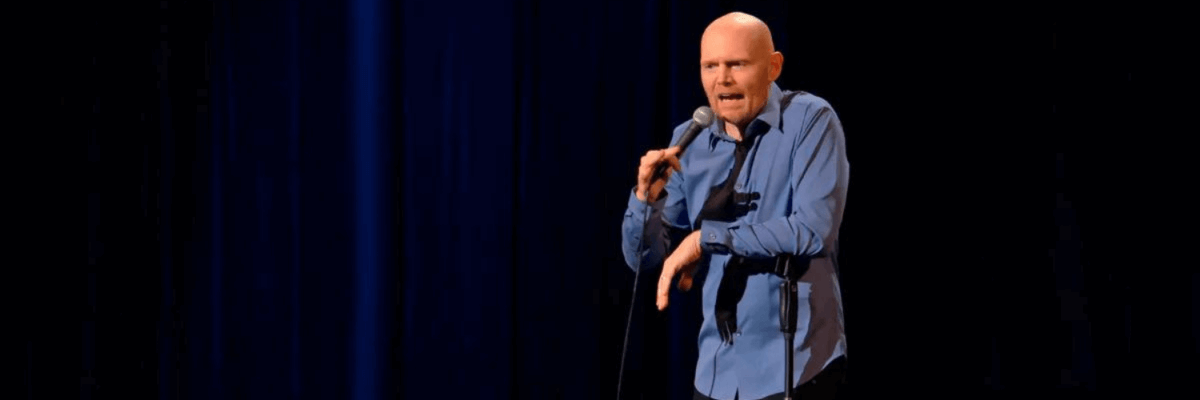
Since then stand-up comedy has evolved into a powerful means of social commentary and cultural expression. Here, we will provide an introduction to stand-up comedy, exploring its history, its significance in society, and its unique ability to shed light on various aspects of the human experience through the power of laughter.
Famous Stand Up Comedians: A Historical Perspective
Stand-up comedy has a rich history, filled with influential comedians who have shaped and changed the art form. From the early pioneers like Charlie Chaplin and Buster Keaton to the modern legends like Richard Pryor and Eddie Murphy, stand-up comedy has evolved over time.
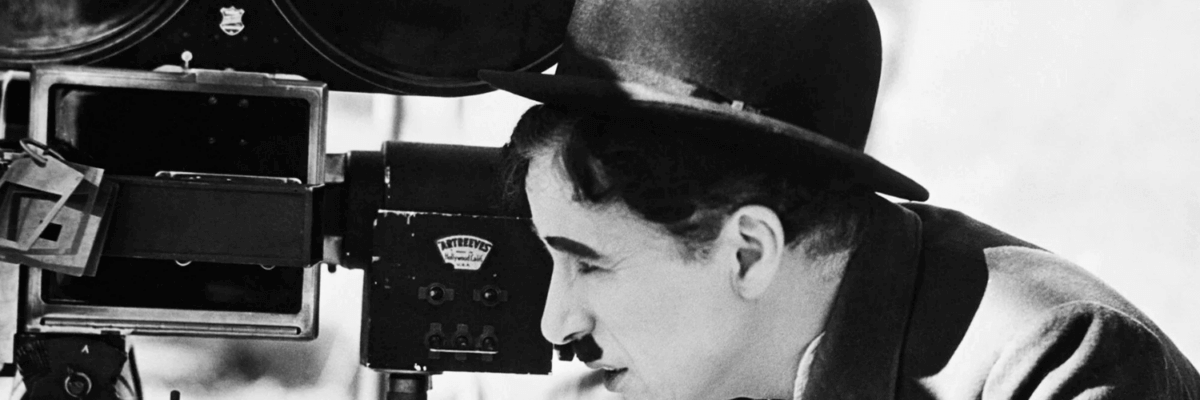
These comedians paved the way for others to find their comedic voices and push boundaries. Each era has brought new talents and fresh perspectives, leading to the diverse and hugely exciting comedy scene today.
Understanding the history of stand-up comedy allows us to appreciate the art form’s evolution and the impact these comedians have had on popular culture.
So let’s take a trip down memory lane and explore the legendary figures who have made us laugh throughout the years.
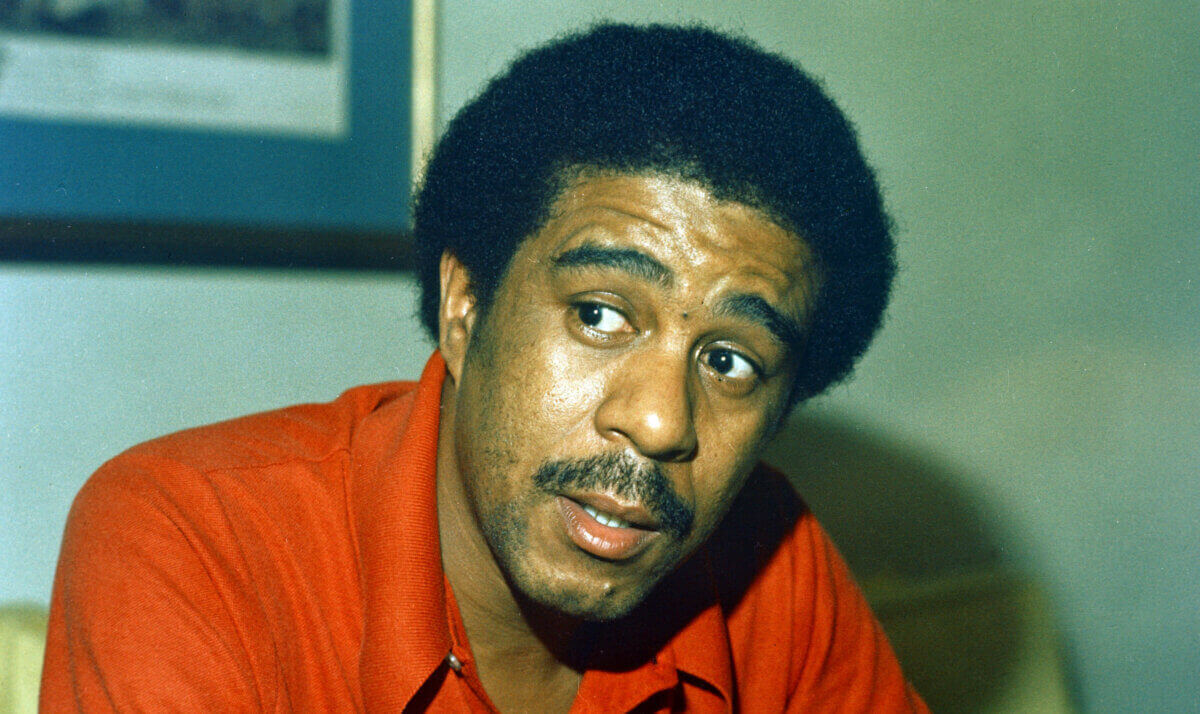
Writing Stand Up Comedy: Tips and Techniques
Stand-up comedy is an art form that has the power to captivate and entertain audiences like no other. Whether you’re a seasoned comedian or just starting out, the ability to write material that’s as funny as it is engaging and relatable is a must.

But it’s also one of the hardest parts of the job, luckily we can learn from those that have gone before and use many tips and tricks to get started with our writing and of course to punch it up and make it even funnier. Here we’ll do exactly that!
The Art of Delivery in Stand Up
Stand-up comedy is not just about the jokes themselves, but also about how they are delivered. The art of delivery in stand-up is what truly brings the material to life and gets the audience laughing, even the best material in the world can be met with stone cold silence if it isn’t delivered in a way that captivates the audience.
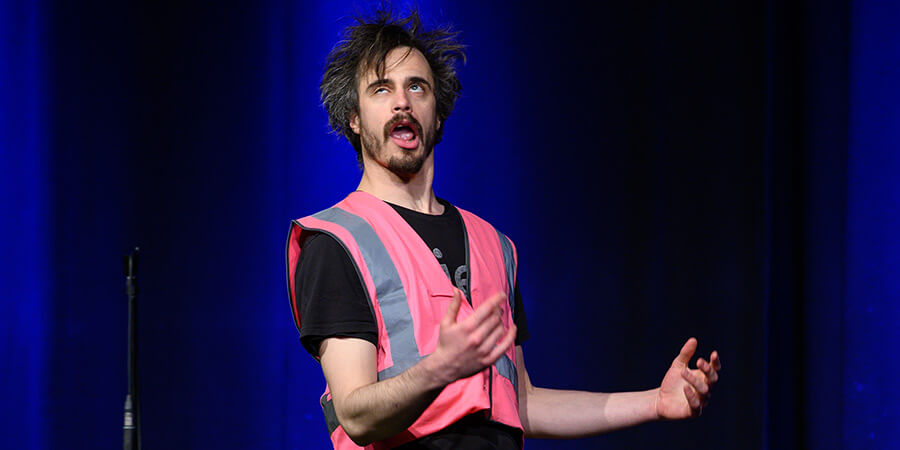
Here we’ll dive into things such as timing, your voice, your physicality and the importance of finding your own unique delivery within comedy. We’ll even analyse some of the greats to see just how they’ve mastered it!
Stand Up Comedy Genres and Styles
One of the beautiful things about stand up comedy is the abundance of genres and styles that you’ll find. From observational comedy, to storytelling, to character, and even prop and pun comedy, there is literally a style for everyone.
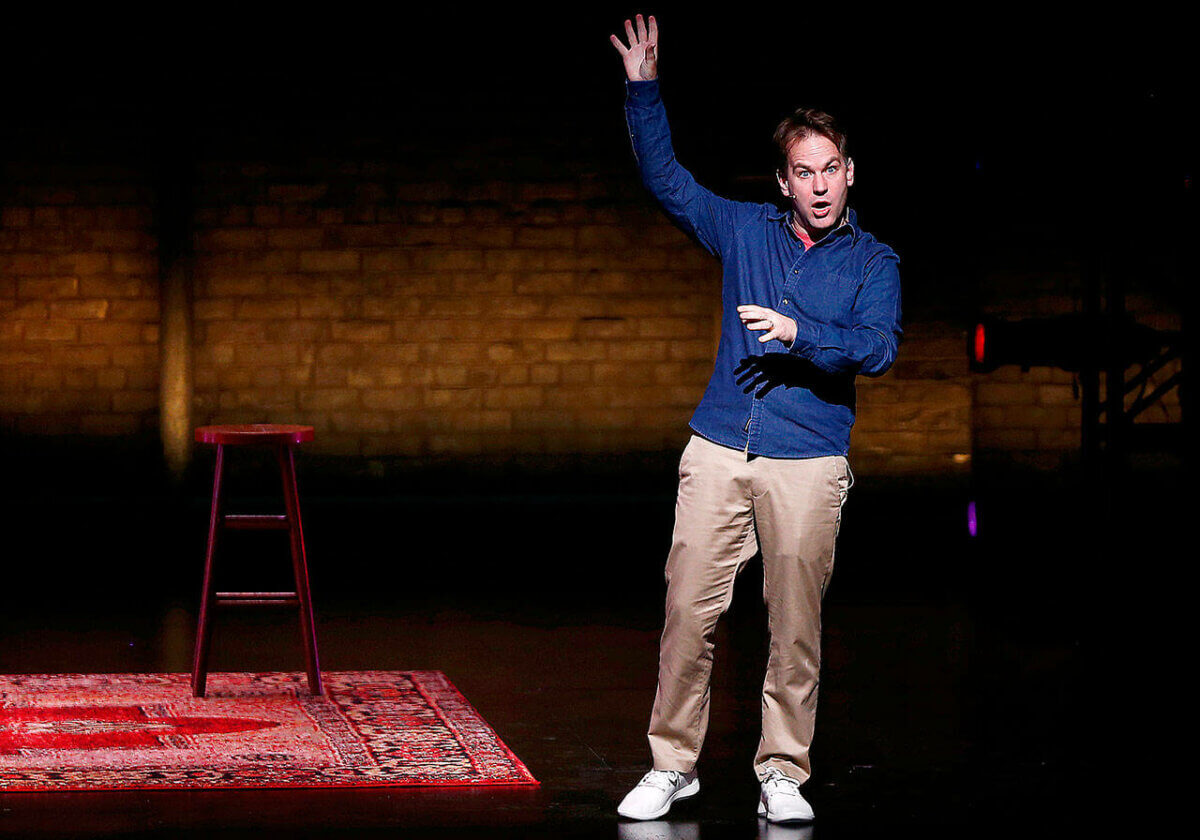
This is where we break down as many of these styles as we can, look at what styles work for certain comics and why, the importance of not doing too many different types and of course how to find yours! Ultimately, standing up should be a unique expression of creativity, so finding what style best suits your creativity will be key to becoming a great stand up.
Stand Up Comedy on Television: A Transformation
Television has played a significant role in the evolution of stand-up comedy, transforming the way comedians perform and connect with audiences.
Before TV most comics would just make a living from the clubs, then TV came along and provided a fantastic platform for comics to showcase their talents and create much larger audiences leading to a whole host of possibilities within stand up! In recent years, digital platforms have further revolutionised stand-up comedy on television.
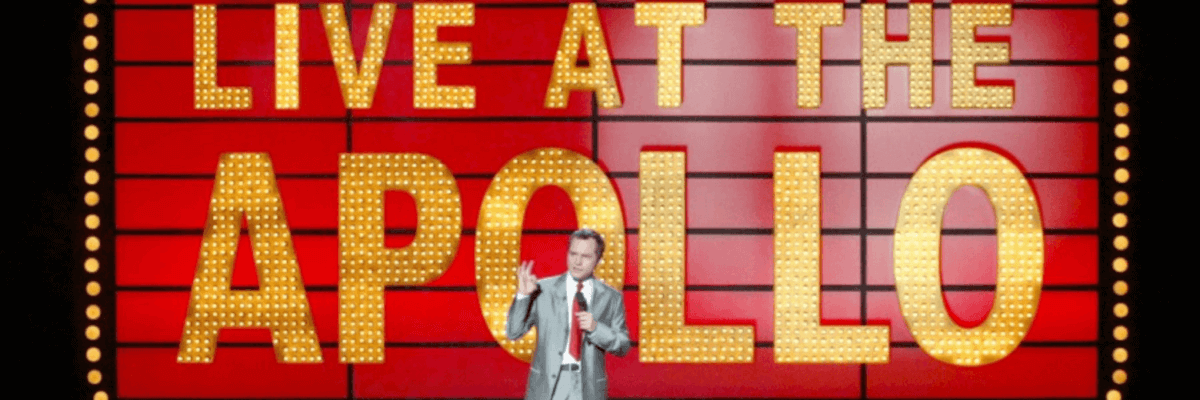
Streaming services like Netflix, Hulu, and Amazon Prime have created opportunities for comedians to release their own specials and reach a global audience. This shift has allowed comedians to have more creative control over their content and has opened doors for new voices and perspectives to be heard.
But TV may well be on its way out with social media platforms like YouTube and Instagram which have become popular channels for comedians to share their comedy sketches and more directly engage with fans. These platforms provide a more intimate and immediate way for comedians to connect with their audience, by passing traditional television networks.

Stand Up Comedy Workshops and Classes
Stand-up comedy workshops and classes offer aspiring comedians the opportunity to learn and refine their skills in a supportive and educational environment. These workshops typically cover various aspects of stand-up comedy, including joke writing, stage presence, delivery, and comedic timing.

They can be a hugely useful tool especially for new comics looking to get started and build some confidence on stage, however, a lot of comics don’t necessarily believe they’re worth it! When asked to give a speech to a comedy class, Jerry Seinfeld famously told them it was a bad sign they were there because if they really had it in them they’d already be trying to figure it out at open mics! This may or may not be true so in this blog we’ll dive into the types of workshops you might find and to see if Jerry is right or not!
The Role of Audience Interaction in Stand Up
Stand up comedy is a conversation! The moment it stops becoming a conversation and the walls go up is the moment it becomes a one man stage show. The conversation is between the stand up and the audience, more often than not the audience’s role in that conversation may just be laughs, but Audience interaction plays a vital role in stand-up comedy.
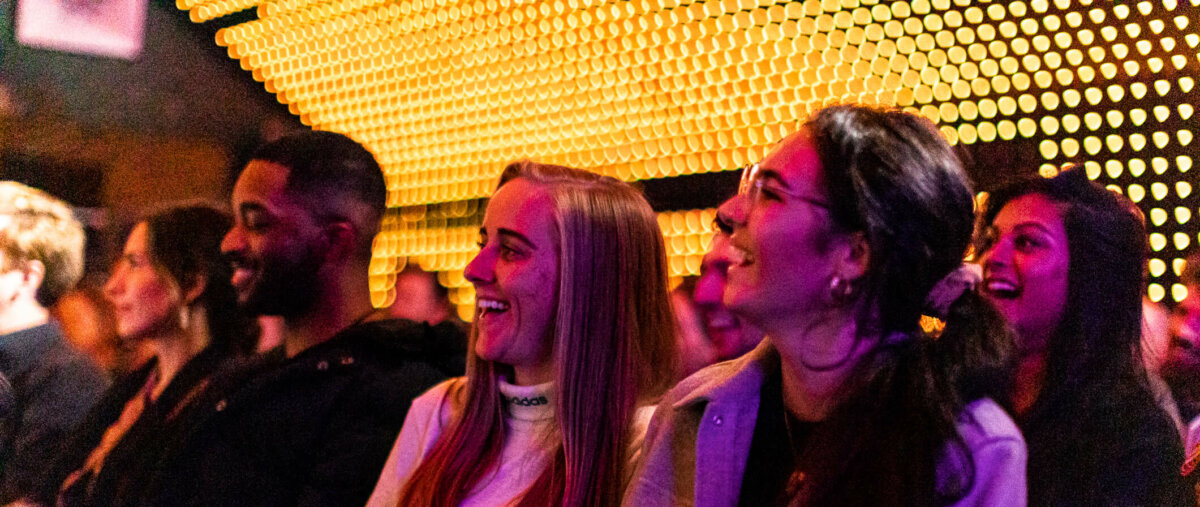
How you form a connection with the audience as a stand up can make or break your set. By audience interaction we’re not just meaning crowd work, although that can be a useful tool, we’re talking about everything from how you come across to a crowd, how you speak to them (not at them) and how you react to their responses throughout a set.
It’s about being present and ensuring that you’re having a dialogue instead of a monologue! This is what we dive into here!
Stand Up Comedy and Mental Health
For a lot of comedians stand up comedy can form some kind of therapy, for some pretty bad comedians stand up comedy can sometimes look like therapy too! A lot of comics say that they HAVE to perform stand up, that they have this compulsion and that when they don’t it affects their mental health.
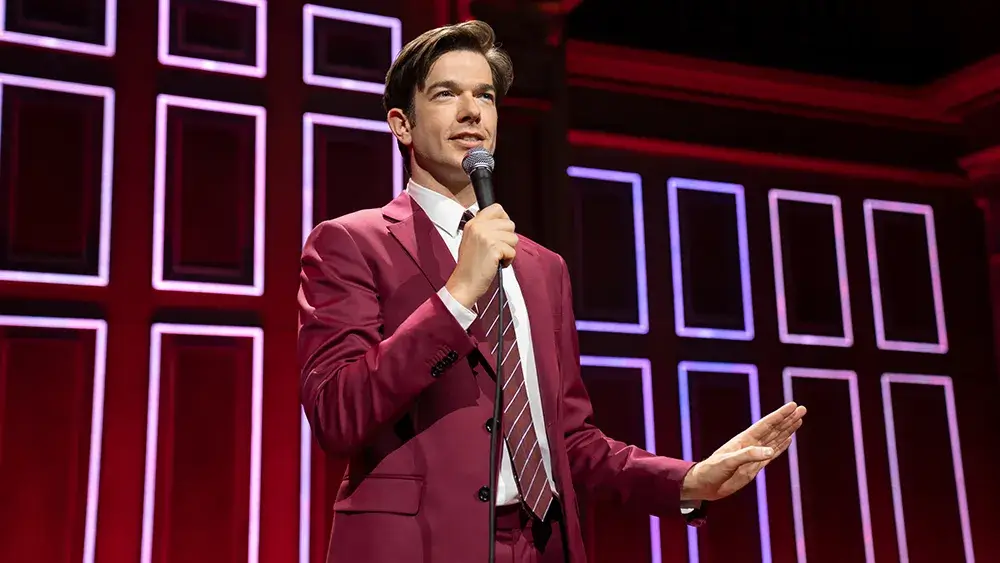
This isn’t to say that they’re going on stage and using it as therapy, burdening the audience with their problems, that would likely not be fun for anyone! But more than the feeling, they get from stand up plays a huge role in their mental health outside of it too.
There’s also a theory that a lot of great stand ups tend to be those that are the most troubled, that art comes from pain and that they are able to laugh and bring joy from their trouble is the sign of how good a comic they are! In this blog we dive into just that, the potential feedback loop of stand up comedy and mental health and how to NOT use the audience as free therapy in the wrong way!
The Economics of Stand Up Comedy
Stand-up comedy is not just about making people laugh; it’s also a business, and it can be a fairly lucrative one!

Behind the laughter and applause lies a complex economic landscape that influences the livelihood of stand-up comedians. In this blog post, we will delve into the economics of stand-up comedy, exploring just how comedians make a living and the various factors that affect their financial success.
Through factual data, we will shed light on the industry’s economics and provide a deeper understanding of the relationship between comedy and money. Showing you that it’s not all arena tours and netflix specials!

The Rise of Digital Platforms in Stand Up
In recent years, the rise of digital platforms has revolutionised the stand-up comedy industry. Comedians can now reach a global audience and showcase their talents online through platforms like YouTube, Netflix, and social media.

These digital platforms have provided a space for both established and up-and-coming comedians to share their content, gain exposure, and build a fanbase without the traditional limitations of geographic location or reliance on major comedy clubs. This has democratised the industry, allowing for a diverse range of voices and perspectives to be heard.
Additionally, digital platforms offer valuable analytics and data that comedians can use to better understand their audience and tailor their material accordingly. With the convenience and accessibility of digital platforms, stand-up comedy is evolving and reaching audiences in ways that were previously unimaginable. Here we’ll dive into how and if you should use this to your advantage along with breaking down some of the first to do it including Andrew Schulz
How to Start a Career in Stand Up Comedy
Many individuals dream of stepping onto the stage, captivating audiences with their wit and charm. But where do you start? In this blog post, we’ll explore practical advice from comics that have been there and done that to help guide you on how to kick-start your career in stand-up comedy.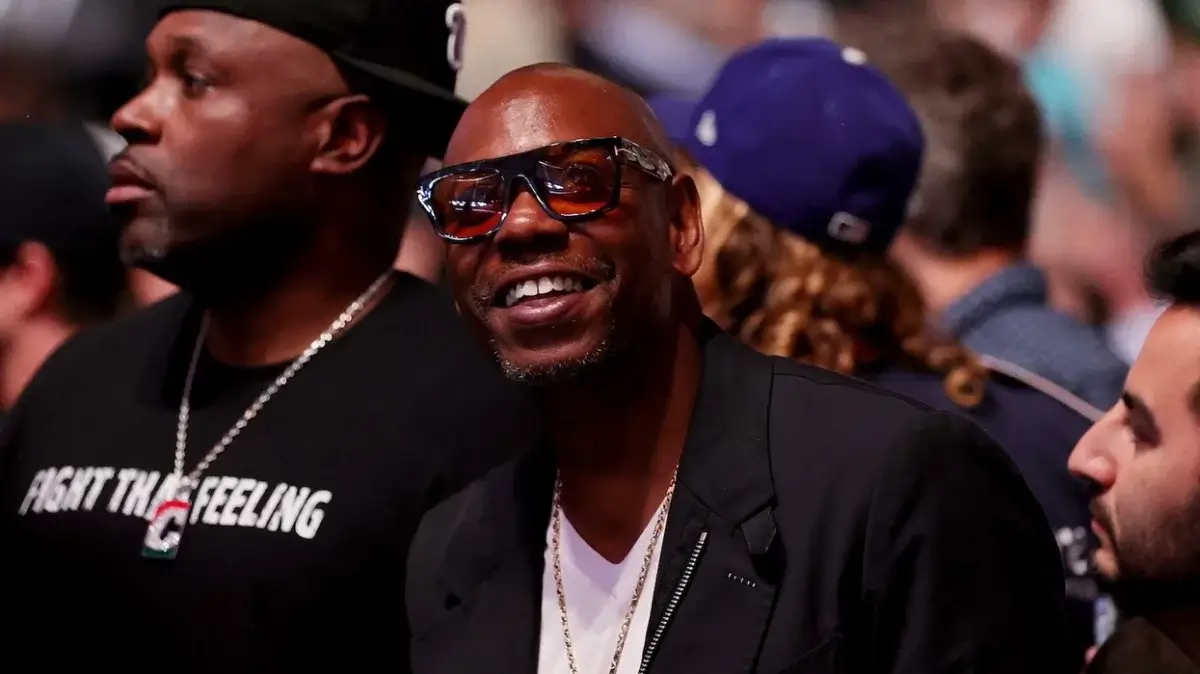
From open mic nights, to open spots at clubs, making it to the circuit and becoming a touring comedian we’ve got you covered. Prepare to unleash your comedic prowess and embark on an exciting journey towards becoming a successful stand-up comedian
Stand Up Comedy and Social Commentary
Stand-up comedy has always had a knack for tackling social and political issues head-on. From the early days of simple jokes to the present day, comedians have used their platforms and humour to provoke thought and initiate discussions.

In this blog post, we will explore how stand-up comedy has become a powerful tool for social and political commentary, shedding light on important topics and challenging norms. Join us as we delve into the world of stand-up comedy and its impact on society, including some pretty famous examples from some of the best comics out there.
The Evolution of Stand Up Comedy Styles
Stand-up comedy has evolved significantly over the decades, transforming from its early origins and adapting to the ever-changing tastes of audiences. From the emergence of variety shows in the 1840s to the innovative elements introduced in recent years, the evolution of stand-up comedy has been a fascinating journey. In this blog post, we will explore the different styles that have shaped this art form, tracing its changes and highlighting the pivotal moments that have influenced its growth.

Stand Up Comedy and Cultural Differences
Stand-up comedy is heavily influenced by cultural differences as comedians use jokes and anecdotes that resonate with specific cultural backgrounds, creating a unique and relatable experience for audiences.
Different cultures have different perspectives on what is funny, and comedians often play on these differences to provoke laughter. Understanding and incorporating cultural nuances is essential for comedians to connect with diverse audiences and ensure their jokes are well-received.
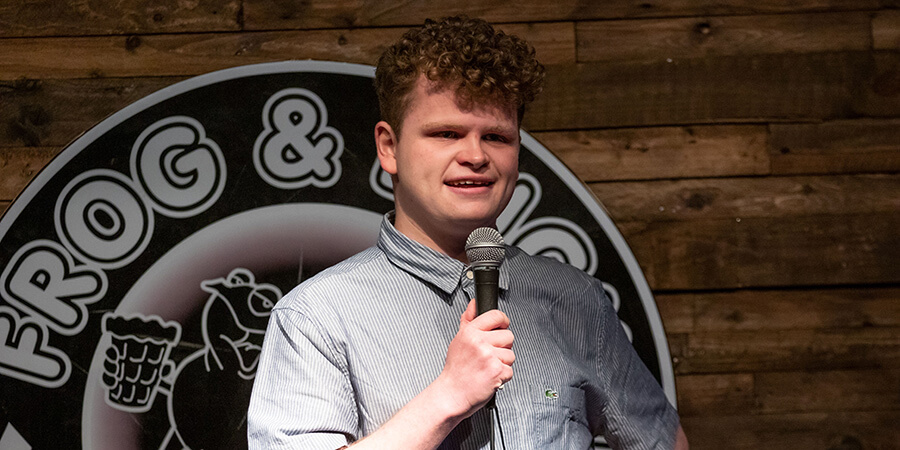
Cultural differences also play a role in shaping the comedic style and topics of stand-up comedians in different regions of the world. For example, American comedians may focus on social and political issues, while British comedians may employ dry humour and satire.
Acknowledging and appreciating cultural differences adds depth and richness to stand-up comedy, making it a true reflection of the diversity of human experiences.
The Psychology of Laughter in Stand Up Comedy
Laughter is universal, yet the psychology behind what makes us laugh is complex. In the context of stand-up comedy, understanding the psychology of laughter becomes even more intriguing.

From relief theory to the element of surprise, this blog post delves into the factors that make people chuckle, and explores the fascinating relationship between comedian and audience. Come along on this journey of analysing the psychology of laughter in stand-up comedy, and discover what truly makes us laugh so that you can use it as a stand up!
Women in Stand Up Comedy
Women have been an integral part of the stand-up comedy scene, breaking barriers and shattering stereotypes along the way. From pioneers like Joan Rivers, and Jo brand to contemporary icons like Sarah Silverman and Taylor Tomlinson, women have used comedy as a platform for self-expression, social commentary, and empowerment.

Despite facing obstacles and misogyny in a male-dominated industry, female comedians continue to make audiences laugh and challenge societal norms. Women in stand-up comedy have proven time and again that they are just as talented, funny, and deserving of recognition as their male counterparts.
Here we unpack their contributions to not only entertain and inspire audiences but also pave the way for future generations of female comedians to rise and thrive in a challenging yet rewarding industry.

Stand Up Comedy and Censorship
Stand-up comedy is known for pushing boundaries and pushing buttons. It’s a form of entertainment that thrives on controversy and challenging societal norms. But what happens when the line between edgy humour and offensive content is crossed?
Censorship in stand-up comedy has become a topic of debate, with comedians facing backlash and even legal consequences for their jokes. In this blog post, we’ll explore the boundaries and controversies surrounding content in stand-up comedy, examining the fine line between freedom of expression and responsible comedy.
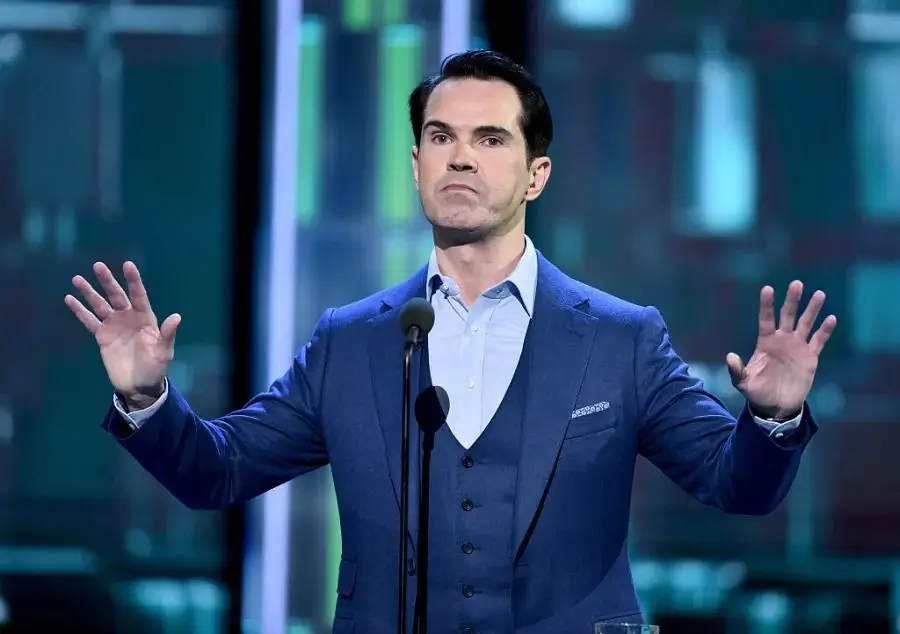
Techniques for Overcoming Stage Fright in Stand Up
Stage fright is a common hurdle that aspiring stand-up comedians often face. In fact fear of public speaking is one of the most common fears in the world, the fear of being on stage and not being able to make the audience laugh can be paralysing. However, there are effective techniques to overcome this anxiety and deliver a successful performance.
We will explore some factual data-backed strategies that can help you conquer stage fright and become a confident stand-up comedian. From mastering your material to practising deep breathing, these techniques will empower you to step onto the stage with courage and captivate your audience.

Stand up comedy as a political tool
Stand-up comedy has long been recognized as a powerful tool for political expression and social change. From George Orwell’s observations in the mid-20th century to contemporary research conducted by many top universities, the influence of comedy on politics and public opinion cannot be underestimated.

In this blog post, we delve into the various ways in which stand-up comedy serves as a potent political tool, challenging stereotypes, destabilising the established order, and fostering progressive change. Join us as we explore the intersection of humour, politics
Crafting a Signature Style in Stand Up Comedy
The world is currently saturated with stand up comedians, the ones that really break through the noise are those with an entirely unique and individual voice. They’re inspired by styles that exist and comedians that have come before them but their individuality creates more relatability and some truly incredible stand up.

In this blog we’ll dive into how to do this, how to find your individual voice so that you’re not just a cheap imitation of a better comedian than you! This is a MUST for success in comedy.
The Intersection of Stand Up Comedy and Improv
Stand-up comedy and improv may appear to be two different forms of entertainment, but they actually share a fair amount. Both are striving for laughter as the ultimate outcome, though their approaches may differ. Stand-up comedy entails rehearsed jokes and storytelling, while improv relies on spontaneous interaction and fictional discourse.

Stand up can consist of some improv, and at it’s best this can be the most memorable and enjoyable part of a show as it’s something that is unique to that set that night! Here we look at how the two intersect and how you can use this to your advantage as a stand up!
Stand Up Comedy Critique and Analysis
At its very best, stand up comedy seems so in the moment that the performer is able to convince a room of people that they are coming up with this incredibly funny stuff on the spot, creating this illusion is incredibly hard to do and so much lies beneath the surface of a stand up set! In order to truly appreciate and understand stand-up performances, it is important to critically analyse them.

By examining the delivery, content, and overall impact of a stand-up routine, we can gain a deeper appreciation for the skill and craft behind the laughter. In this blog post, we will explore the art of stand-up comedy critique and analysis, and provide you with some tips on how to critically analyse a stand-up performance, so that you can analyse your own and others to see what makes them great!

Stand Up Comedy and Storytelling
Stand-up comedy is an art form that goes beyond just making people laugh. It is a platform where talented comedians master the art of storytelling to evoke a range of emotions from their audiences. In fact, storytelling plays a pivotal role in stand-up routines, allowing comedians to communicate complex ideas, relate to an audience, and offer insights into broader cultural narratives.
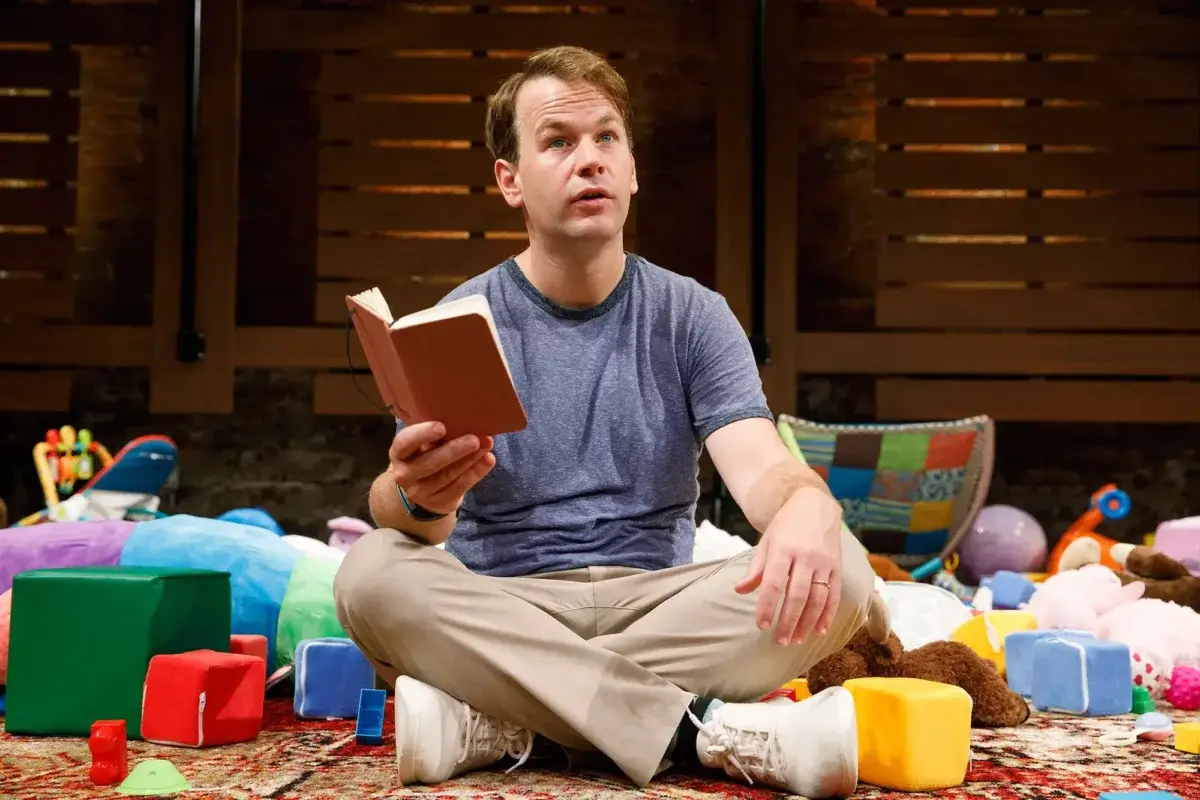
This blog post dives into the world of storytelling, how to not just get an audience to laugh but to really connect and invest in your material! Get ready for a captivating journey where laughter and storytelling intertwine seamlessly
Comedy At Big Belly
Here at Big Belly we live and breathe comedy! It’s our passion in life and it’s our goal to share the joy of comedy with as many people as possible. One way is through our incredible comedy shows that we put on 7 nights a week! Another is through these blogs to educate anyone who’s into comedy on just why it’s so special!
To learn more about all kinds of comedy head HERE

